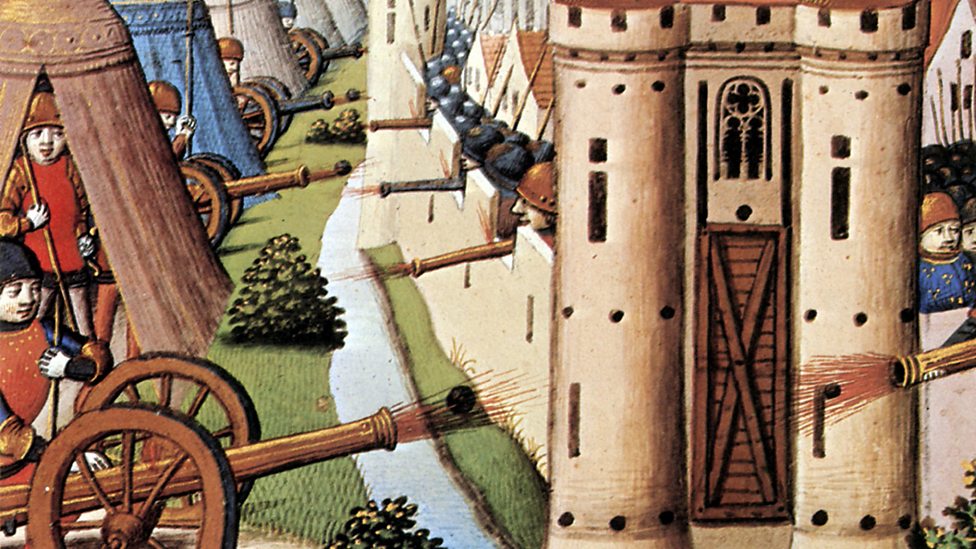
The composition of the particles was later studied in great detail by optical microscopy and specimens from different filters were retained and characterized for their contents 6, 13. In 19, dust particles were vacuumed from the interspace between the Shroud and the Holland Cloth sewn to it as reinforcement 12. However, two papers have highlighted some concerns about this determination 9, 10 and a Medieval age does not appear to be compatible with the production technology of the linen nor with the chemistry of fibers obtained directly from the main part of the cloth in 1978 1, 11. Results of radiocarbon measurements from distinct and independent laboratories yielded a calendar age range of 1260–1390 AD, with 95% confidence 8, thus providing robust evidence for a Medieval recent origin of TS. In 1988, the age of the TS linen cloth was assessed by accelerator mass spectrometry. The TS shows many marks caused by human blood, fire, water and folding of the cloth that partially obscure the double, front and back, body image that is not yet reproducible 1, 2, 6, 7. From 1578, apart from some brief displacements in an effort to hide it during war periods, TS was kept in Turin (Italy) and later placed in the royal chapel of the city Cathedral inside a specially designed shrine where it has been permanently conserved from 1694 to the present. Official documents attest that it was in France at Lirey around the years 1353 to 1357 and then was kept at Chambéry from 1502 to 1578, where passed into the hands of the Dukes of Savoy 3, 4, 5. After this event, TS would have been taken by the crusaders and transferred to Athens (Greece), where it remained until 1225. A burial cloth, which some historians consider the Shroud, was owned by the Byzantine emperors but disappeared during the Sack of Constantinople in 1204 4. After concealment for years, TS would have been first moved to Edessa (now Şanliurfa in Turkey) and then to Constantinople (now Istanbul in Turkey) in 944 AD. Such a scenario is supported by numerous scholars who believe that the journey of TS began in Jerusalem in the year 30 or 33 AD 3. TS is the most important relic of Christianity because the Catholic tradition identifies this burial cloth as that in which the body of Jesus Christ was wrapped before being placed in a Palestine tomb approximately 2000 years ago. The Turin Shroud (TS) is a linen cloth, 4.4 m long and 1.1 m wide, bearing the double image of a man who suffered physical trauma in a manner consistent with crucifixion after being beaten, scourged and crowned with thorns 1, 2. Furthermore, the results raise the possibility of an Indian manufacture of the linen cloth. Such diversity does not exclude a Medieval origin in Europe but it would be also compatible with the historic path followed by the Turin Shroud during its presumed journey from the Near East. Regarding human mitogenome lineages, our analyses detected sequences from multiple subjects of different ethnic origins, which clustered into a number of Western Eurasian haplogroups, including some known to be typical of Western Europe, the Near East, the Arabian Peninsula and the Indian sub-continent.

Several plant taxa native to the Mediterranean area were identified as well as species with a primary center of origin in Asia, the Middle East or the Americas but introduced in a historical interval later than the Medieval period. Here, we report the main findings from the analysis of genomic DNA extracted from dust particles vacuumed from parts of the body image and the lateral edge used for radiocarbon dating. The Turin Shroud is traditionally considered to be the burial cloth in which the body of Jesus Christ was wrapped after his death approximately 2000 years ago.


 0 kommentar(er)
0 kommentar(er)
